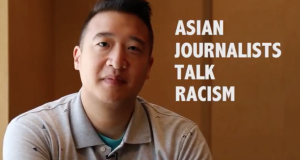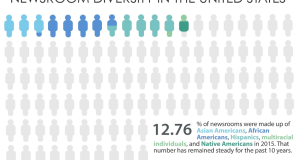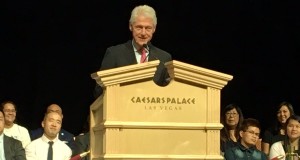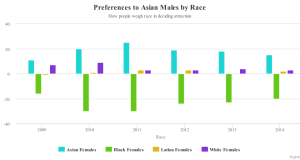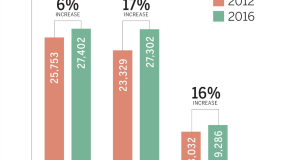By Kevin Truong and Jennifer Crane
For 25 years AAJA VOICES has shaped the careers of young journalists, often pushing students to take their first step into the professional world.
The convention news project was launched in 1990 to provide a variety of on-the-job training, programming and networking opportunities designed to give journalists of color a real sense of what to expect from a career in media.
Alumni and mentors alike have left their marks on the program while sharpening their print and multimedia skills, later going on to create their own voice in the news industry.
Wailin Wong was a student reporter at the 2000 AAJA National Convention in New York. She was a rising sophomore at Northwestern University and a newcomer to the industry that year.
Then she packed-on the experience.
After a career that included stops at Dow Jones and the Chicago Tribune, Wong has found a new role in front of a camera as a producer and host of “The Distance,” a podcast about the staying power of entrepreneurs and businesses. Wong attributes her participation in VOICES with having taught her the value of networking and maintaining relationships.
Wong said she is still in touch with fellow students from her VOICES class and that connecting with AAJA professionals was good practice for the adult world. She recalled an ongoing tradition in the program in which students compete to see who can collect the most business cards.
“In hindsight I recognized the (business) card collection game was a proxy for putting yourself out there and being able to approach someone,” Wong said. “If you take the time to talk to people, figure out what they are about and pay attention, it all comes back around.”
A prime example of the influence that AAJA conventions — and VOICES in particular — can have on a career can be seen in the case of Leezel Tanglao.
Tanglao, a senior multi-platform editor at CNNMoney, went to her first AAJA convention in 2002 in Dallas.
She saw the gathering as a crossover between reconnecting with her heritage while also pursuing her chosen career as a journalist. It also gave her a big introduction to the professional journalism world.
“I was completely new to everything,” Tanglao said. “I didn’t even know what clips were.”
She said she hasn’t missed an AAJA convention since and that they have been integral to her career and her journalistic development.
The year after her first conference, Tanglao became a VOICES participant in 2003 and credits the program for opening up her mind to the possibility of different kinds of reporting.
“It put me on the path of doing harder news,” she said. “Being in a very intense deadline-driven environment put in me a definite sense of urgency.”
The journalism industry has created its own sense of urgency – to change the way many reporters deliver their stories to an audience.
But even with her foray into podcasting, Wong warned that young journalists should be careful not to rely on the convenience of technology, such as speaking to a source over the phone as opposed to having the conversation in the field. Having a public presence is beneficial to grow an audience and helps earn readers trust, she added.
Today, young journalists are being pressured to mass produce content when they should be focusing on thoughtful reporting and writing, she said.
“Try to find the story that no one else is telling even if it’s not going to generate (resume) clips, Wong said. “It is about being true to the kind of stories you want to tell.”
 VOICES Publishing from the AAJA National Convention
VOICES Publishing from the AAJA National Convention


